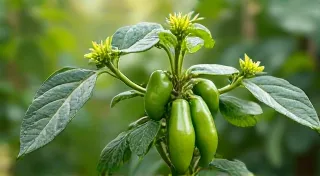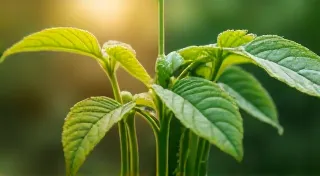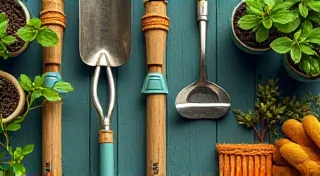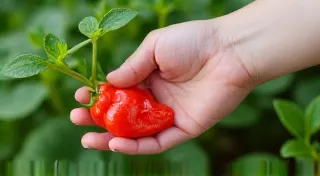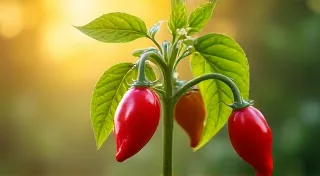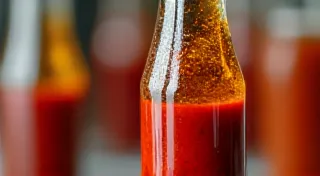Understanding Specialty Peppers: Heat Levels and Flavor Profiles
Welcome to the fascinating world of specialty peppers! If you're ready to move beyond bell peppers and jalapeños, you’re in for a thrilling adventure. Growing uncommon pepper varieties like ghost peppers and scotch bonnets isn’t just about growing vegetables; it's about cultivating flavor experiences. This guide will break down the crucial aspects of understanding heat levels and flavor profiles, empowering you to choose the right peppers for your palate and gardening expertise. We’re diving deep into what makes these peppers so special – and how to appreciate (and handle!) them.
The Scoville Scale: Measuring the Fire
The cornerstone of understanding pepper heat is the Scoville Scale. Developed by pharmacist Wilbur Scoville in 1912, the Scoville Scale measures the concentration of capsaicinoids – the chemical compounds responsible for the “heat” in peppers. Originally, the scale was based on human taste tests. Testers would sample dilutions of the pepper until the heat was no longer detectable. This subjective method has been replaced by High-Performance Liquid Chromatography (HPLC), a more precise and objective scientific measurement.
The number on the Scoville Scale represents the number of times a pepper’s extract needs to be diluted with water for the heat to become undetectable. For example, a pepper rated at 1,000 SHU (Scoville Heat Units) means it takes 1,000 dilutions to eliminate the heat. Here's a rough guideline to help you navigate the spectrum:
- 0-100 SHU: Bell Peppers – No heat, just flavor.
- 100-500 SHU: Poblano, Anaheim – Mild warmth, adding subtle heat to dishes.
- 500-2,500 SHU: Jalapeño – Familiar heat, commonly used in many cuisines.
- 2,500-10,000 SHU: Serrano – Noticeably hotter than a jalapeño.
- 30,000-100,000 SHU: Cayenne, Tabasco – Adds a kick to sauces and dishes.
- 100,000 - 350,000 SHU: Habanero – Significant heat, requires careful handling.
- 350,000 - 1,000,000+ SHU: Scotch Bonnet, Ghost Pepper (Bhut Jolokia) – Extremely hot, for experienced pepper lovers.
- 1,000,000+ SHU: Carolina Reaper, Trinidad Moruga Scorpion – Beyond hot – handle with extreme caution!
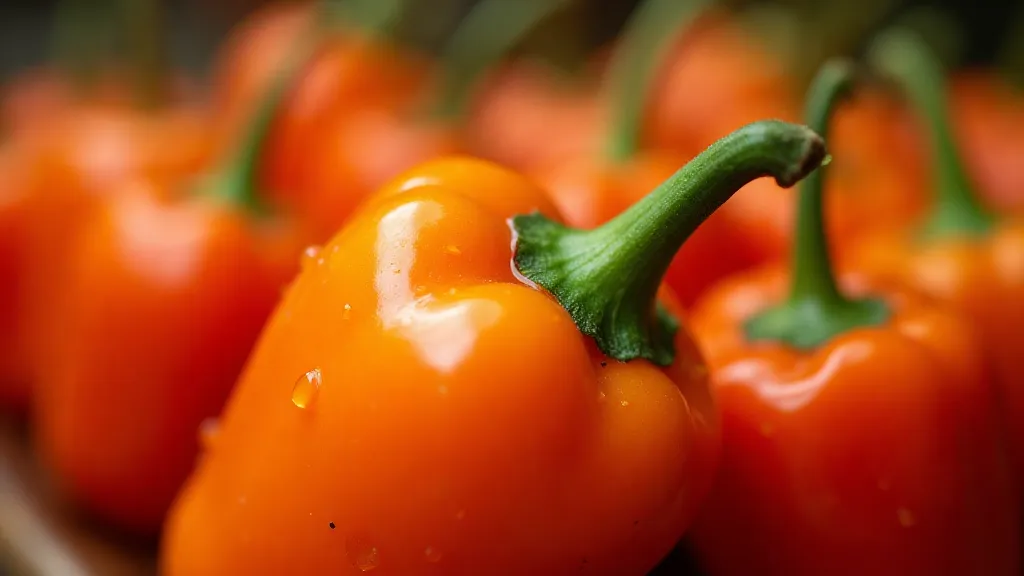
Beyond Heat: Exploring Flavor Profiles
While the Scoville Scale focuses on heat, it’s crucial to understand that flavor is just as important. Specialty peppers aren't just about burning your mouth; they offer a complex tapestry of tastes. Here’s a glimpse into the flavor profiles of some popular varieties:
- Habanero: Known for its fruity, floral aroma with a citrusy undertone. The heat builds quickly and intensely.
- Scotch Bonnet: Similar to a habanero but often described as having a slightly sweeter, almost tropical fruit flavor. Often used in Caribbean cuisine.
- Ghost Pepper (Bhut Jolokia): Possesses a smoky, fruity flavor with hints of apricot, alongside its intense heat.
- Carolina Reaper: A complex flavor profile that’s often described as having notes of cinnamon, chocolate, and citrus, but again, overshadowed by the extreme heat.
- Trinidad Moruga Scorpion: Often said to have a sweeter flavor before the heat kicks in, with fruity and earthy undertones.
It’s important to remember that flavor perception is subjective. What one person finds fruity, another might describe as earthy. Factors like growing conditions and ripeness also influence the final flavor.
Popular Specialty Pepper Varieties: A Quick Look
Let’s examine some specific varieties in more detail. This will help you connect the heat levels and flavor profiles to real-world examples:
- Habanero: (100,000 - 350,000 SHU) – Versatile and widely used in sauces, salsas, and Caribbean dishes. Expect a fruity, citrusy flavor.
- Scotch Bonnet: (100,000 - 350,000 SHU) – A Caribbean staple with a similar heat level and flavor profile to the habanero, but often perceived as slightly sweeter.
- Ghost Pepper (Bhut Jolokia): (855,000 - 1,041,427 SHU) – Requires respect and caution. The smoky, fruity flavor adds complexity to dishes, but the heat is intense.
- Carolina Reaper: (1,569,300 - 2,200,000 SHU) – One of the world’s hottest peppers. A very complex flavor, but mostly felt as intense heat.
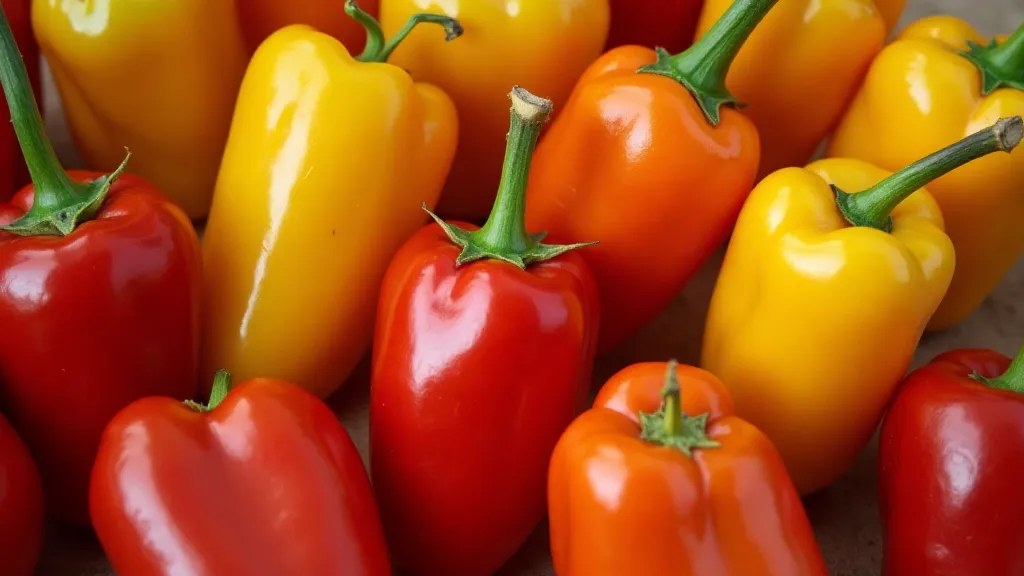
Safety and Handling – Respect the Heat!
Growing and handling specialty peppers requires caution. Capsaicin can cause skin irritation, eye burning, and respiratory discomfort. Always wear gloves when handling these peppers and avoid touching your face. Do not rub your eyes. Wash your hands thoroughly after handling.
When cooking with specialty peppers, start small. A little goes a long way! If you’re new to extremely hot peppers, consider roasting or pickling them to reduce the heat slightly.
Choosing the Right Pepper for You
Ultimately, the best pepper for you depends on your tolerance for heat and your desired flavor profile. If you’re just starting out, begin with habaneros or scotch bonnets. As your palate develops, you can gradually explore hotter varieties. Remember to research each pepper before planting or using it in your cooking.
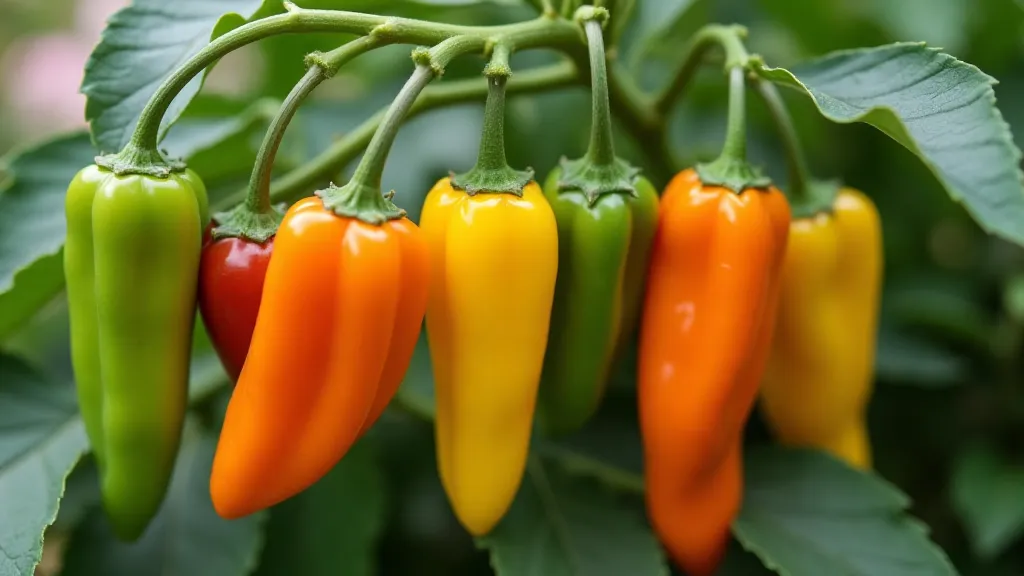
Conclusion
The world of specialty peppers is vast and rewarding. By understanding the Scoville Scale, exploring flavor profiles, and practicing safe handling techniques, you can unlock a new level of culinary adventure. So, embrace the heat and start growing (and tasting!) your way to pepper perfection!
